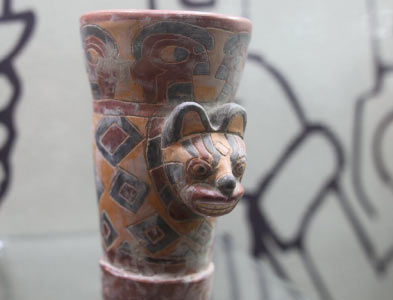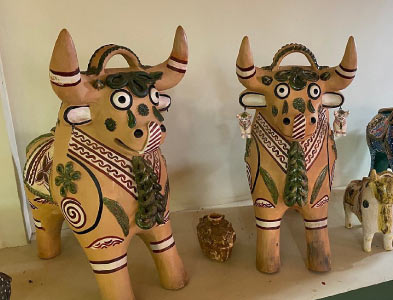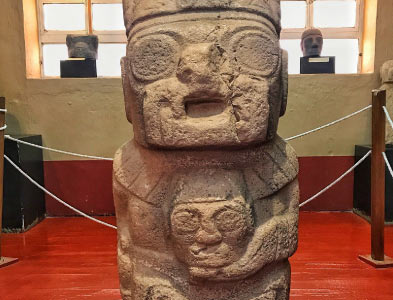c. 500 BC Origins
Early settlements appear in the northern Lake Titicaca region
The Pucará Museum houses an important collection of stone sculptures and ceramics from the ancient Pucará culture, which flourished between 500 and 380 AD. This museum offers a unique glimpse into the art, religion, and symbolism of one of the earliest civilizations of the Andean highlands. Check below to see all you need to know about this hidden gem in Peru!
The Pucará culture emerged in the southern highlands of Peru and Bolivia between the 5th and 4th centuries AD. Known for its symbolic art, it focused on water, animals, and nature—key elements in daily life.
Pucará is seen as an early influence on the famous Tiwanaku culture, with carvings of human-animal figures and rain-related themes that reflect a deep spiritual connection to the natural world.
Early settlements appear in the northern Lake Titicaca region
Pucará becomes a major ceremonial and administrative center with pyramids and temples
Art and religion flourish: stone monoliths and ceramics feature sacred animals and fertility symbols
Cultural influence spreads to nearby regions, paving the way for Tiwanaku culture
The site is abandoned as Tiwanaku rises in power
Excavations uncover Pucará’s ruins; the museum is created to preserve its legacy.
Early settlements appear in the northern Lake Titicaca region
Pucará becomes a major ceremonial and administrative center with pyramids and temples
Art and religion flourish: stone monoliths and ceramics feature sacred animals and fertility symbols
Cultural influence spreads to nearby regions, paving the way for Tiwanaku culture
The site is abandoned as Tiwanaku rises in power
Excavations uncover Pucará’s ruins; the museum is created to preserve its legacy.



The museum is located in the town of Pucará, in the Lampa province of Puno, at an altitude of approximately 3,900 meters (12,800 feet) above sea level.
Yes, photography is allowed, just no flash, to help preserve the artifacts.
Yes, a guided visit is included. With the help of our knowledgeable guide, you’ll gain a deeper understanding of the museum’s most iconic sculptures and artifacts, and how they reflect the beliefs and lifestyle of the ancient Pucará people.
Absolutely. It’s a great cultural stop on your journey, offering insight into one of Peru’s most ancient civilizations.